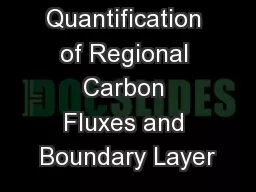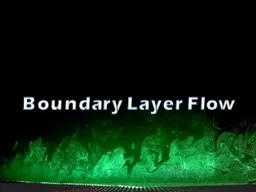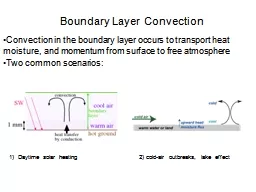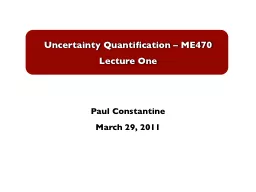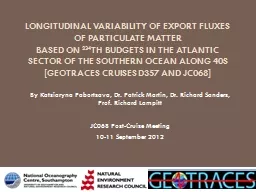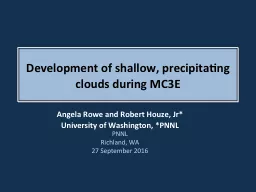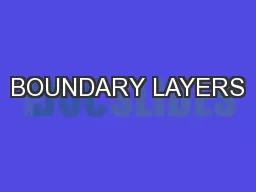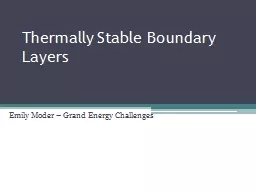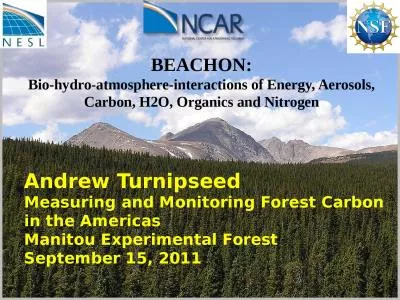PPT-Quantification of Regional Carbon Fluxes and Boundary Layer
Author : jane-oiler | Published Date : 2017-04-23
William Ahue University of Wisconsin Madison Dept of Atmospheric and Oceanic Sciences Department Seminar 28 April 2010 Advisor Prof Ankur Desai What to Expect Motivation
Presentation Embed Code
Download Presentation
Download Presentation The PPT/PDF document "Quantification of Regional Carbon Fluxes..." is the property of its rightful owner. Permission is granted to download and print the materials on this website for personal, non-commercial use only, and to display it on your personal computer provided you do not modify the materials and that you retain all copyright notices contained in the materials. By downloading content from our website, you accept the terms of this agreement.
Quantification of Regional Carbon Fluxes and Boundary Layer: Transcript
Download Rules Of Document
"Quantification of Regional Carbon Fluxes and Boundary Layer"The content belongs to its owner. You may download and print it for personal use, without modification, and keep all copyright notices. By downloading, you agree to these terms.
Related Documents

